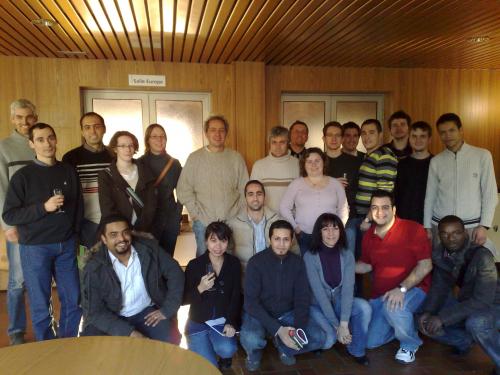
The field of Information, Communication Sciences and Technologies (ICST) is recognized as being a corner stone that will stimulate significant added value at a system level for strategic industrial sectors as Energy, Transports, Security and safety, Telecommunications, Health, Environment.
Europe is playing a leading role in this area for many years that has been reinforced during the 7th Framework program through the instrument of European Research Platform (ERP) that is covering the entire scientific and technological spectrum from material level to system and system of system level. This has motivated the concept of smart systems where the technology convergence, the progress at the frontier of science is enabling new class of systems featuring augmented capabilities that will bring significant added value to the aforementioned industrial sectors.
Wireless RF communications are considered as an important building block in this context of smart systems through the emerging field of Internet of Things (IoT). After a decade of intensive deployment of wireless communication applications, it appears that the allocated spectrum is for one hand overcrowded and vastly underutilized for another hand stimulating research to insure a better use of the entire electromagnetic spectrum in term of resources allocation (frequency bandwidth, energy consumption) that will play a significant role for the sustainable development of the society.
Our aim is to bring a contribution to the next generation of wireless smart systems referred to as “Cyber Physical Wireless Systems (CPWS)” through developing research and innovation in the field of Electromagnetic energy engineering from material to system level to carry out fundamental actions such as detection, localization, sensing, harvesting and above all communication in a completely contactless and wireless fashion. The objective is to add advanced functionalities into systems by smart integration of new materials, technologies and components.
MINC objectives fit the ADREAM priority axe that is focused on “Architecture for Dynamic Resilient Embedded Autonomous and Mobile systems”. The main requirements of these systems that are addressed by MINC are described in the following table. The studies we are doing are classified in two main application area: “Wireless Communication Networks“ and “Wireless Sensors Network”. But these two areas join together progressively with the new concept of “Smart Connected Object”. Two horizontal topics are also investigated. The first one concerns the electromagnetic modeling of complex systems. The second is more prospective and deals with the development of carbon based RF capabilities.

